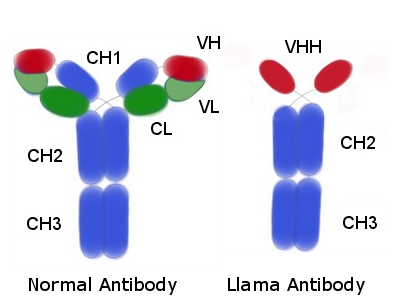This is from the British Medical Journal’s editorial:
Drawing on interviews, documents, and data made public at the GMC [General Medical Council] hearings, Deer shows how Wakefield altered numerous facts about the patients’ medical histories in order to support his claim to have identified a new syndrome; how his institution, the Royal Free Hospital and Medical School in London, supported him as he sought to exploit the ensuing MMR scare for financial gain; and how key players failed to investigate thoroughly in the public interest when Deer first raised his concerns.
Deer published his first investigation into Wakefield’s paper in 2004.12 This uncovered the possibility of research fraud, unethical treatment of children, and Wakefield’s conflict of interest through his involvement with a lawsuit against manufacturers of the MMR vaccine. Building on these findings, the GMC launched its own proceedings that focused on whether the research was ethical. But while the disciplinary panel was examining the children’s medical records in public, Deer compared them with what was published in the Lancet. His focus was now on whether the research was true.
… He found that not one of the 12 cases reported in the 1998 Lancet paper was free of misrepresentation or undisclosed alteration, and that in no single case could the medical records be fully reconciled with the descriptions, diagnoses, or histories published in the journal.
… A great deal of thought and effort must have gone into drafting the paper to achieve the results he wanted: the discrepancies all led in one direction; misreporting was gross. Moreover, although the scale of the GMC’s 217 day hearing precluded additional charges focused directly on the fraud, the panel found him guilty of dishonesty concerning the study’s admissions criteria, its funding by the Legal Aid Board, and his statements about it afterwards.
… Wakefield has been given ample opportunity either to replicate the paper’s findings, or to say he was mistaken. He has declined to do either.
The GMC requisitioned the records of the cases that Wakefield used. Their inspection of the records revealed that Wakefield re-wrote the profiles in the paper so that symptoms that appeared before vaccination were not mentioned until afterwards, children with normal bowel tissue were recorded as having pathology, children recorded as being normal before vaccination had long histories of fits and bowel problems, and symptoms that started months later were changed to starting within a couple of weeks. Not one single case in the paper accurately matched the hospital’s records of the same patient. Children who were assumed to be from the London area were recruited from far and wide. They came from families suspicious about the vaccines, who had already applied for legal aid to sue the vaccine manufacturers. In addition, some of the children were referred by lawyers hoping to win lawsuits and claim damages.









